Let’s talk about designing and creating worlds. Not just any worlds, but the kind you can get utterly, gloriously lost in. Think about games like The Witcher 3, maybe the frigid views of Skyrim, or the sardonic, parody-like worlds of the Grand Theft Auto franchise.
That’s the pull of a truly great open-world game! It’s not about following a predetermined path like your average linear game, but about choosing your own, stumbling upon adventures you weren’t even looking for and feeling like you’re actually living in another place.
So, if you’re sitting there with a world brewing in your imagination, wondering how to create an open-world game that can capture that magic without collapsing under its own ambition, you’re in the right place.
This article will guide you through the essential territories you need to explore, the critical decisions you’ll face, and the potential pitfalls that can turn your grand vision into a tangled mess. Let’s get started!
How to create an open-world game: getting started
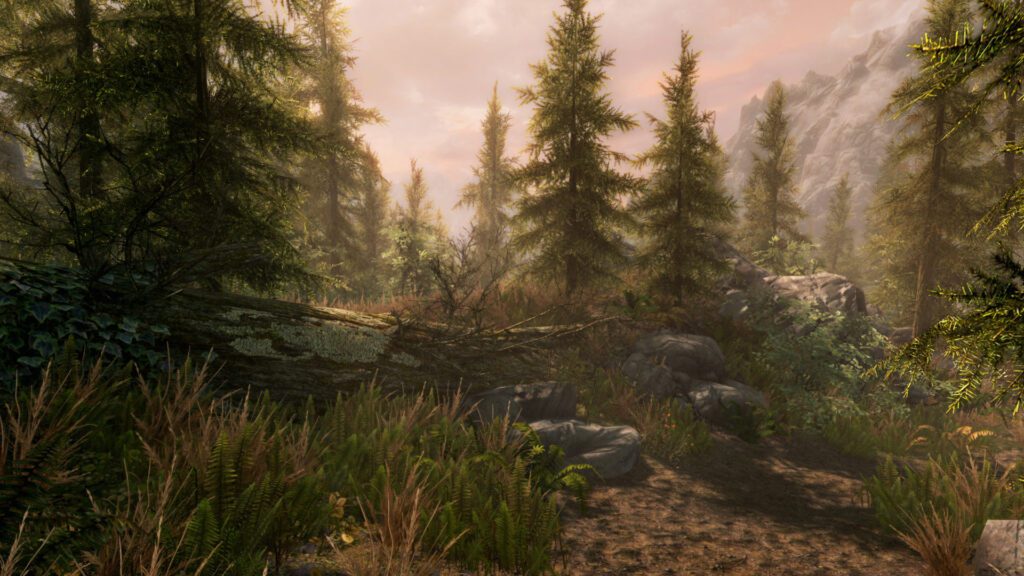
Let’s be honest: creating open-world games is a Herculean task. It’s so easy to get swept away by the ambition of it all, but the reality is that building a vast, curiosity-inducing, and fun open world requires good game development and design fundamentals.
Every epic journey, even a digital one, begins with the first step – or, in this case, the first design document. In there, you will define your vision: what kind of world are we talking about?
Is it an expansive fantasy realm filled with quests and epic monster slaying? A gritty, dystopian sci-fi metropolis torn apart by corporate greed? Or perhaps a historical Wild West landscape begging for exploration? The genre, the tone, and the unique selling point need to be nailed down as early as possible as they will influence every subsequent decision.
Crucially, alongside your concept, realistically define your scope. The term “open-world” can be misleading as such games don’t require infinite scale. In fact, restraint is often wiser.
A smaller, densely packed, and meticulously polished world will always outperform a vast, empty one. Determine the type of experience you want to deliver. Is it primarily focused on exploration, driven by a central narrative within an open framework, or a sandbox where player-generated stories take center stage?

While at it, assuming you aren’t well-versed in a game engine yet, get ready to choose one. For aspiring developers wondering how to create an open-world game, there are two big names in the market: Unreal Engine and Unity.
The former is renowned for its amazing graphical fidelity and robust tools for world composition and streaming, crucial features for managing open-world environments. Unity, while also capable, might require more custom solutions for large-scale open worlds but offers greater flexibility and a gentler learning curve for some.
If programming in C++ (Unreal) or C# (Unity), or their visual scripting systems aren’t your cup of tea, Godot is a recent game engine that’s been making waves. It supports various programming languages, though GDScript, a Python-like language, is the recommended one.
If you’re looking for more information, check out our article on those three game engines.
Key elements that define open-world games
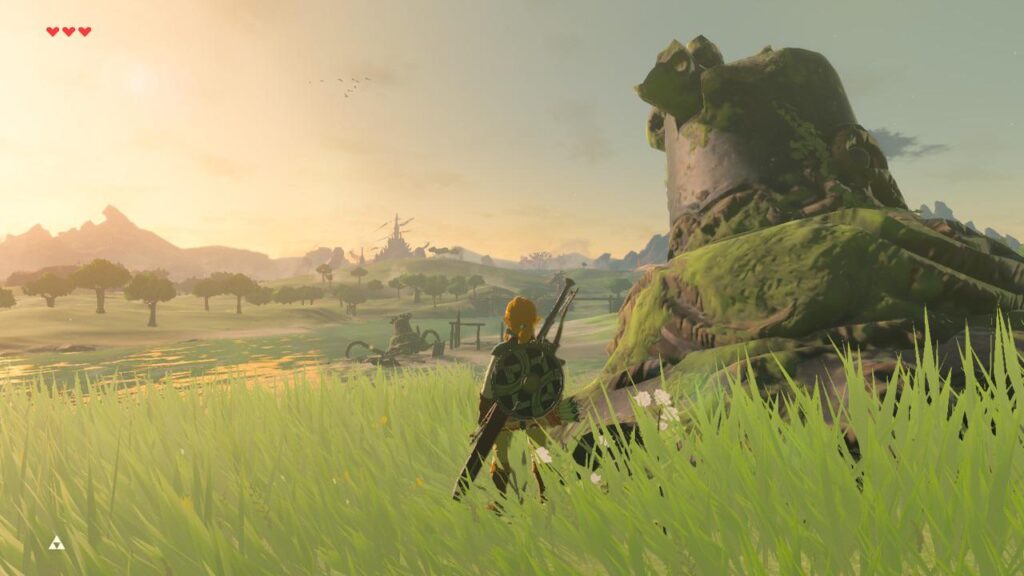
Several key elements distinguish the best open-world games from less successful attempts. World size is often the first thing that comes to mind, but it alone is deceptive – perception of scale is more crucial than raw kilometers. Clever level design, using landmarks, varied terrain, and points of interest, can make a smaller world feel immense.
Content density is another one. Empty spaces, no matter how vast, tend to become tedious quickly. Technically, streaming and world composition are vital for managing these large spaces, loading and unloading areas seamlessly as players traverse, maintaining performance and avoiding transition/loading screens.
Beyond those, the very spirit of open-world games lies in player freedom and agency. This translates directly into non-linear progression, empowering players to chart their own course through the game. Meaningful choices, those that carry visible consequences, deepen immersion.
This agency extends to emergent gameplay – those unscripted, dynamic moments that arise from the interplay of game systems and player choices. These unexpected occurrences are often the most memorable and cherished aspects of the open-world experience.

We also need to touch on dynamic systems and world reactivity. Weather patterns, day-night cycles, and other environmental changes should influence gameplay, even if slightly so.
This might involve altering NPC behaviors, affecting enemy types that emerge, or changing resource availability based on conditions. Speaking of them, implementing believable AI for NPCs can further improve how players interact with your open-world game.
In addition, the open world must be populated with truly engaging content. Side quests should feel integrated into the world, offering meaningful narratives or rewards. Points of interest, cleverly hidden secrets, and unique locations actively incentivize exploration, for example.
Finally, to prevent monotony, varied gameplay loops beyond the main story – crafting systems, trading networks, mini-games, or faction interactions – are crucial to sustain long-term player engagement.
Planning and populating your open-world game
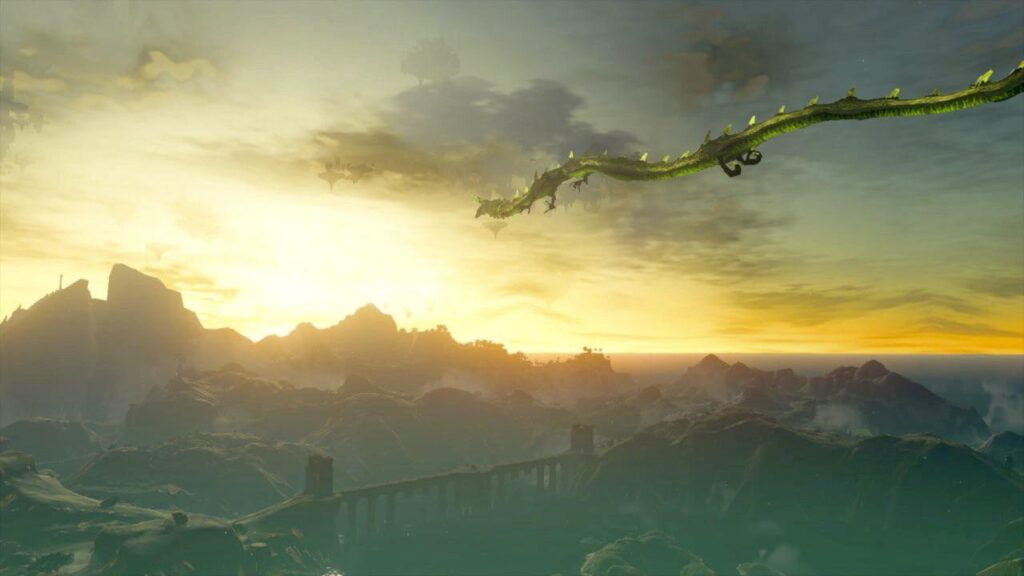
First off, think about your world’s geography – make it believable. Reference real landscapes with different areas like forests, mountains, or deserts, and throw in some cool landmarks to make it interesting and easy to get around.
You can start with heightmaps to get the basic shape of your land. Sometimes, using computer programs to create large areas quickly (like Perlin noise) can help, but remember to add handmade touches, especially to important spots, so it doesn’t feel generic.
Think about how much stuff you pack into different areas of your world and remember how pacing is key. You need some quieter, more empty spaces so players can feel the scale and just breathe. Then, mix those with areas that are bursting with things to do and see. This is a valid concept even in dense cities, for example.
Next up, how does your story fit into all this freedom? Your main story should let players wander off and explore without feeling like they’re totally breaking the game. Instead of long speeches to explain the story, try scattering bits and bobs through the environment itself – little details that players can find and piece together.
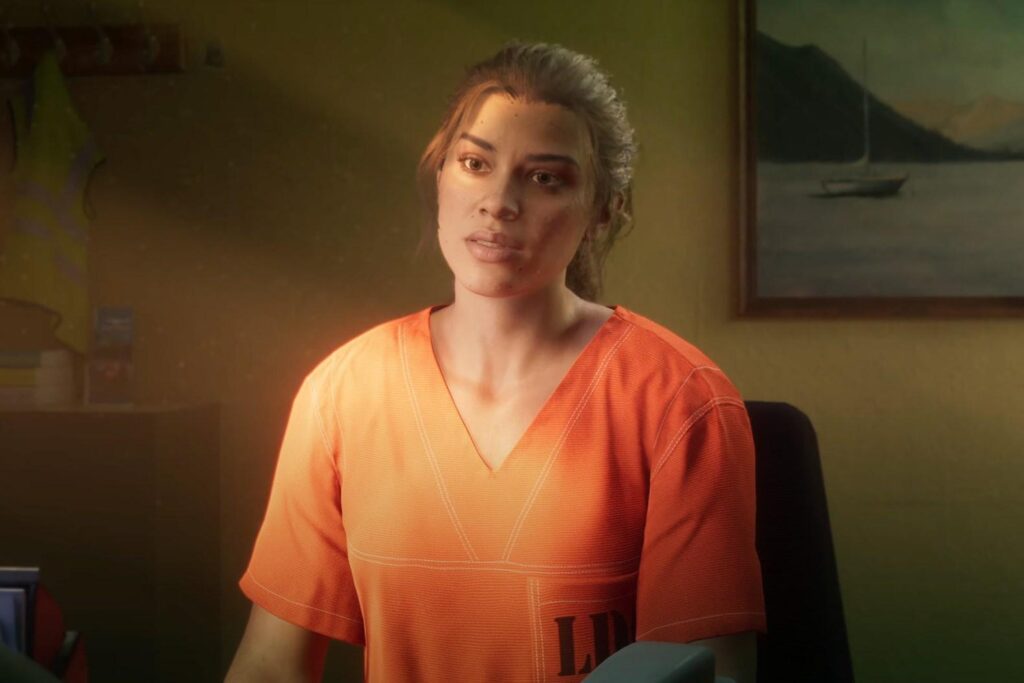
As mentioned before, side quests are a great way to build up your world, tell you more about characters, or give you cool insights into the game’s story.
When you’re filling your world with people and creatures, make them feel alive. Give characters routines, things they do every day, and make them react to the player and each other. Design enemies and creatures that make sense in your world and give players different kinds of challenges. Try to balance things you place carefully by hand with things the computer generates automatically.
This mix helps make sure important stuff is high quality, while bigger areas still feel lively. Variety is the word here – mix up the characters, enemies, and activities so players don’t get bored seeing the same thing over and over.
Lastly, think about guiding players in your huge world without holding their hand too much. Let the world itself guide them – landmarks, light, sounds, paths, wall marks, and odd features can subtly point them where to go. Give them a clear first goal to get started, but then let them loose to explore and reward them for being curious.
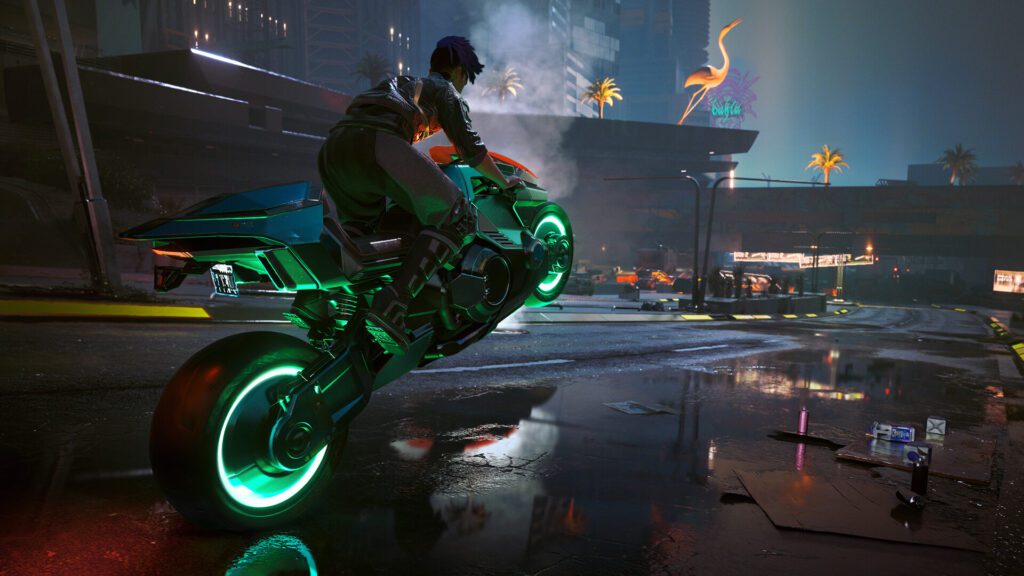
Creating an open-world game with Main Leaf
So, as we’ve explored, to understand how to create an open-world game is to master a lot of interconnected pieces.
It’s about starting strong with a clear vision, nailing those key elements that make worlds feel alive, and carefully planning how you’ll fill your creation with compelling content.
You need to keep a sharp eye out for common traps, though. We know it’s easy to get carried away, so be careful with scope creep. Also, make sure your world is rich with things to do, keep everything internally consistent, and always keep performance and technical stability top of mind.
Remember that creating an open-world game is a marathon, not a sprint. Plan well, stay focused, and you’ll be on the right path to building something truly amazing!
Main Leaf Games: building jaw-dropping games for over a decade
Speaking of building open-world games, that’s exactly what we at Main Leaf are passionate about. We understand the ins and outs of game development, design, and programming. Whether you’re sketching out your initial concept or facing complex production hurdles, our team is equipped to provide expert help and impeccable outsourcing services.
From world design and coding to art creation and project management, we offer a full spectrum of game development services tailored to help you achieve your vision. Let’s connect and explore how we can transform your game ideas into reality!

